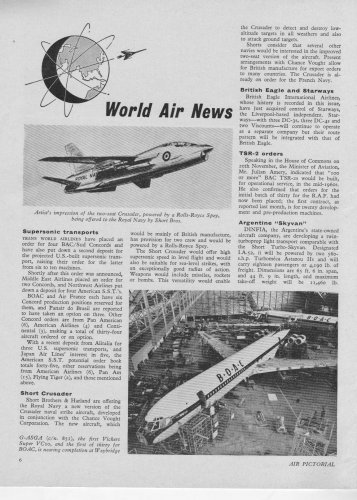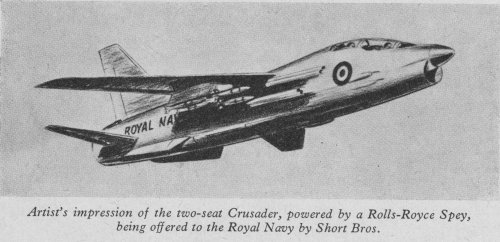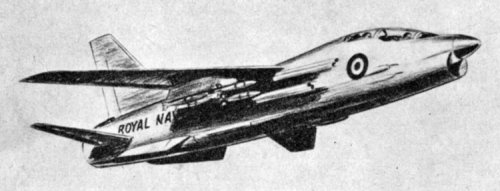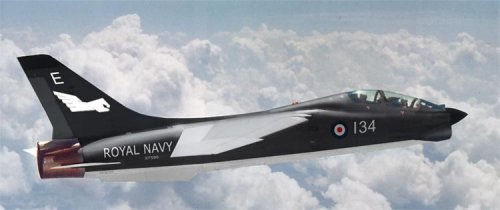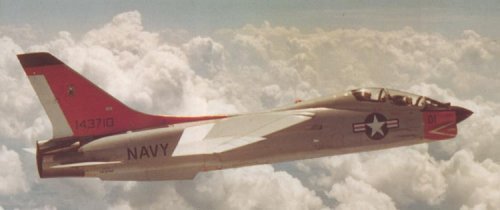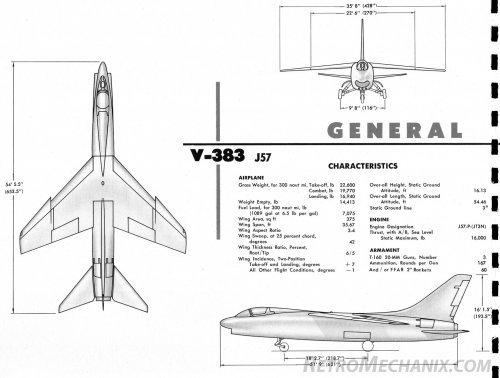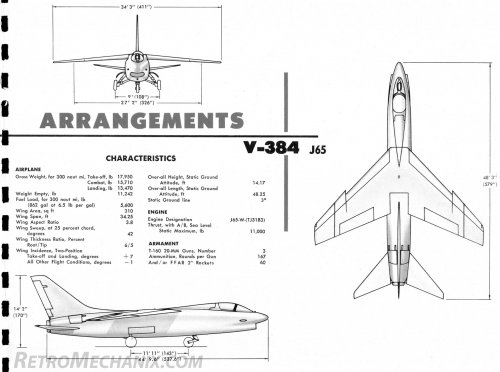Hello!
According to Joe Baugher, it seems that Great Britain had interest in the Crusader before chosing the Phantom F-4K.
What I don't understand is why they were interested in the two seater variant ? ???
The plane was to be powered by a spey engine, as the F-4K.
Any 3-view of the project ? dimensions, performances ?
What radar for the plane... something similar to the Lightning (AI-23+ Red Top or its Blue Dolphin SARH variant ) or Phantom (american radar with Sparrow) ?
I plan to built a two seat multirole Crusader . Such plane could have been interesting, too for the Aeronavale instead of standard Crusaders)
. Such plane could have been interesting, too for the Aeronavale instead of standard Crusaders)
PS I already now that Short was to build the aircrafts under licence
According to Joe Baugher, it seems that Great Britain had interest in the Crusader before chosing the Phantom F-4K.
What I don't understand is why they were interested in the two seater variant ? ???
The plane was to be powered by a spey engine, as the F-4K.
Any 3-view of the project ? dimensions, performances ?
What radar for the plane... something similar to the Lightning (AI-23+ Red Top or its Blue Dolphin SARH variant ) or Phantom (american radar with Sparrow) ?
I plan to built a two seat multirole Crusader
PS I already now that Short was to build the aircrafts under licence

